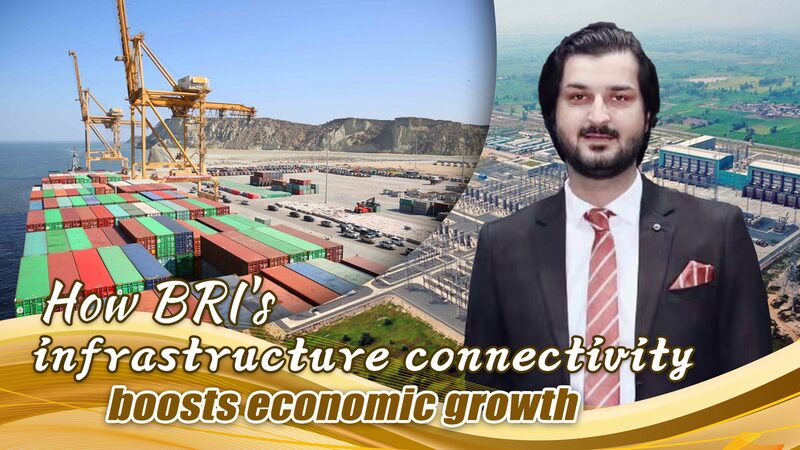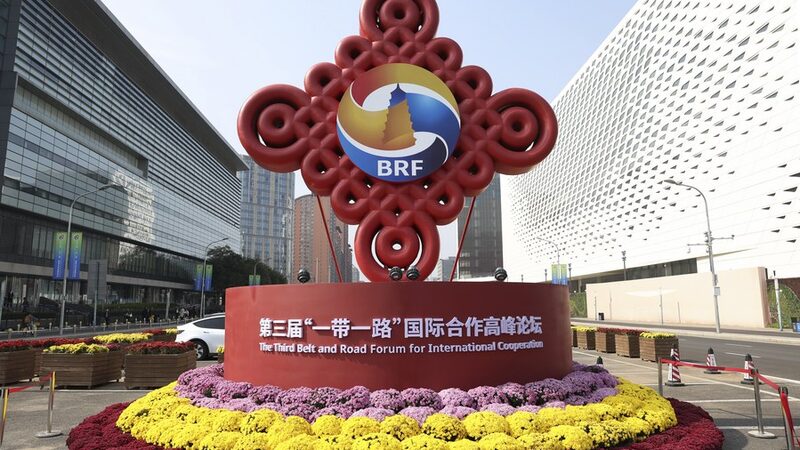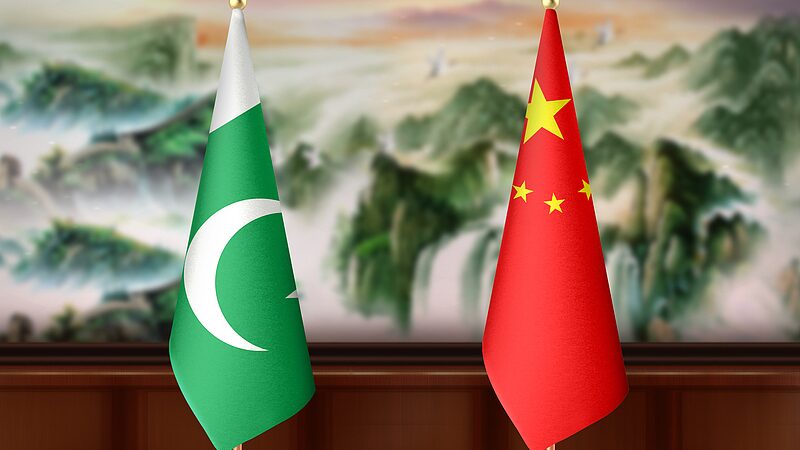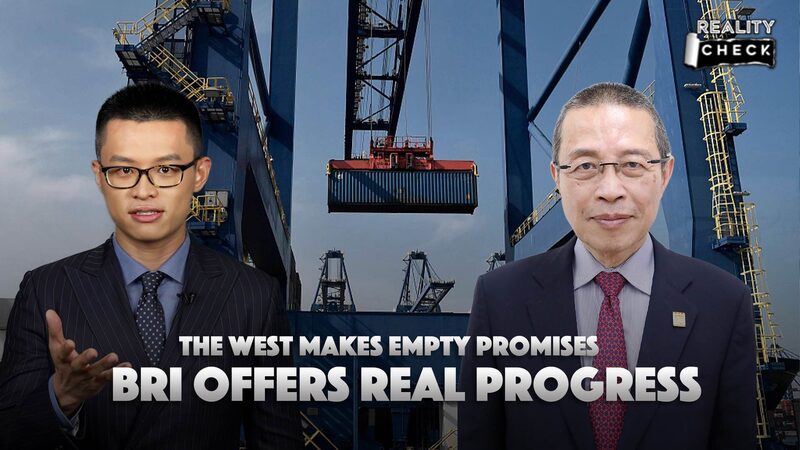A decade after its launch, the Belt and Road Initiative (BRI) has become the world’s most ambitious infrastructure project, reshaping trade routes and revitalizing economies from Asia to Africa. Let’s unpack how this mega-connectivity drive is bridging development gaps and fueling prosperity. 💼✨
From highways in Pakistan to ports in Greece, the BRI has poured $25.4 billion into Pakistan’s China-Pakistan Economic Corridor (CPEC) alone—creating 192,000 jobs and powering 6,000 megawatts of electricity. 'It’s a historic opportunity,' says Harvard researcher Stella Hong Zhang, highlighting how these projects turn geographical challenges into growth engines. 🛣️⚡
China’s newly released white paper underscores infrastructure as the BRI’s backbone, with a 'six corridors, six routes' framework linking 150+ countries. Think of it as a global web of railways, ports, and energy grids supercharging trade. Case in point: CPEC’s 510 km of highways now slash travel time for goods heading to the Arabian Sea. 🚚🌊
By closing infrastructure gaps between developed and developing nations, the BRI isn’t just building roads—it’s building futures. With young professionals and entrepreneurs eyeing emerging markets, this initiative could be your next career or investment frontier. 📈🌏
Reference(s):
How BRI's infrastructure connectivity boosts economic growth
cgtn.com







